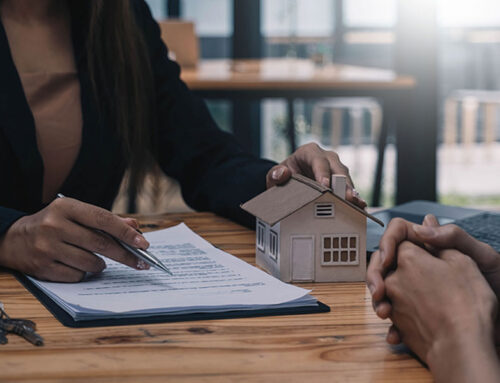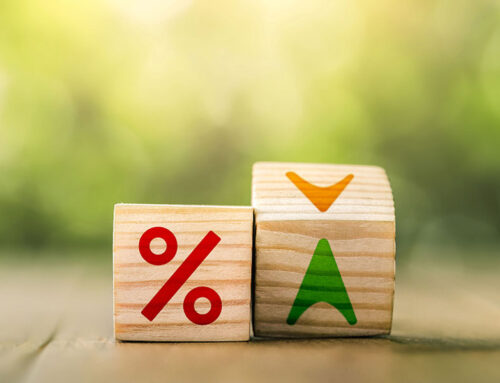When Pamela approached me about her plans to start investing in real estate after retirement, I suggested that she not wait. I’ve known her a long time and had no doubt that she’d excel. She’s confident, ambitious, and has a work ethic that’s unmatched by most. And, since the kids were already off making fresh starts in their own careers, she’s got some time on her hands to make a go of it. But her biggest holdup was that she’d never felt comfortable dealing with numbers and worried that this, coupled with not knowing how to analyze real estate deals, was a recipe for disaster. I assured her that with the right training and valuation tools, she was going to be fine. There are some basics that you need to know, and a great tool to help you make sense of it all.
Learning How to Analyze Real Estate Deals Easily and Quickly
I suspect that, for many new investors, one of the more intimidating tasks to learn is knowing how to analyze real estate deals easily and quickly. I know it was for me when I started out. Time is of the essence when you think you’ve found a great investment property and you want to make an offer that beats out the competition without sacrificing your potential returns. You’ve got to think it through fast—and accurately—so that you can get an offer in that makes sense to both you and the seller. If numbers aren’t your strong suit, like Pamela, the thought of analyzing them might make you that much more weak in the knees.
But, there’s no reason to get too wound up; I’m here to go over the various aspects of a real estate deal that should be considered before buying and renovating any property so that you can achieve the best ROI when it’s time to sell. Just as I told Pamela, the right training and valuation tools will help you understand the rehab costs and estimate your returns even more effectively and efficiently. And, yes, I’ll go over your best bet for getting those too.
Let’s start with some of the vocabulary and what the terms mean for understanding a deal.
- Total Cost to Purchase. The amount you pay for a property, whether with cash, a bank loan, or hard money, and if you’ll inherit other costs, such as back taxes, liens, or non-performing tenants, all impact your returns. Obviously, you’ll want to buy at the lowest possible price to leave room for a rehab that’ll help you sell for a good potential profit margin. But, your purchase price could, and should, also be affected by how much you might have to spend to clear the title or vacate the property. Keep in mind, however, that offering too low could alienate the seller, leaving you high and dry.
- Rehab Costs. It’s critical to determine whether you’re looking at a lipstick rehab or major fixer right out of the gate as it impacts both how much you should offer and what you can expect to see on the other side when you sell. New paint and fixtures will cost much less than replacing the heating and cooling systems or performing full-scale kitchen renovations on your investment property. The extent of work you plan to do to an investment property has to make sense for the house, the neighborhood, and your bottom line. Otherwise, you risk spending too much, or even too little, on a rehab that could bottom-out your asking price and lower your expected returns.
- Holding Expenses. The average timeline for rehabbing a property is three to nine months. Your monthly expenses will likely include power, water, sewage, and waste pickup. But, you should also purchase property insurance for flipping houses to protect your investment should the unexpected occur, like a break-in or flooding, at the property. And, speaking of surprises, be prepared to handle the possibility of a delayed rehab, whether it’s due to a natural disaster or an unforeseen repair issue that could increase the time it takes to get the property to market. This will increase the expenses you’ll incur holding it longer. If you’re not ready for anything, you could lose everything.
- After Repair Value (ARV). Estimating the ARV for your investment property requires that you research area comparables—preferably those homes that have sold within the same neighborhood in the last six months. Comps should be roughly the same style and have similar square footage, in addition to the same number of bedrooms and bathrooms. Be sure to choose homes that are comparable in condition to the after-rehab state, not before or you won’t get the returns you hoped for. You can find this information online but, because you can’t count on online public data always being up-to-date, it’s not a bad idea to work with a licensed real estate agent who can double-check the Multiple Listing Service and do some extra digging for you too. The goal is that, when it’s time to sell your investment property, you’ll know what to list it for because you’ll have determined its ARV and your potential returns.
Now, if you’re good with facts and figures and have a thing for spreadsheets, like I use to, you can set something up in a program like Excel to help you run the numbers. But, what’s great about the times we live in is that there are real estate investment analysis and valuation tools specifically designed to help you calculate costs and estimate your returns. There’s one, in particular, that does this for you more easily and quickly than most others.
It’s Never Been Easier to Understand Rehab Costs and Potential ARV
I came to real estate investing with a background in finance. So, I was always comfortable working with numbers. I even had fun setting up those initial spreadsheets for plugging in data. But, as the industry got more competitive, I realized I needed to get faster—and better—at both running and interpreting the data. When I became an independently owned and operated HomeVestors® franchisee, I got exactly what I needed and more. With HomeVestors®’ proprietary analysis and valuation software, ValueChek™, I’m able to review the cost of over 80 repairs as well as estimate my ARV based on local costs for supplies and labor. That alone saved me time and a few deals. And, if you’re a new investor, like Pamela, you’ll also benefit from one of the most comprehensive real estate investor trainings on the market today, where you’re taught what to look for, and what to look out for, when determining if you should make an offer at all. In my book, that’s as close to a recipe for success as you’ll get.
Are you ready to boost your confidence, and your potential returns, with tools and training that make analyzing real estate deals easier? Then, join Pamela and call HomeVestors® today.
Each franchise office is independently owned and operated.
Contact
"*" indicates required fields






